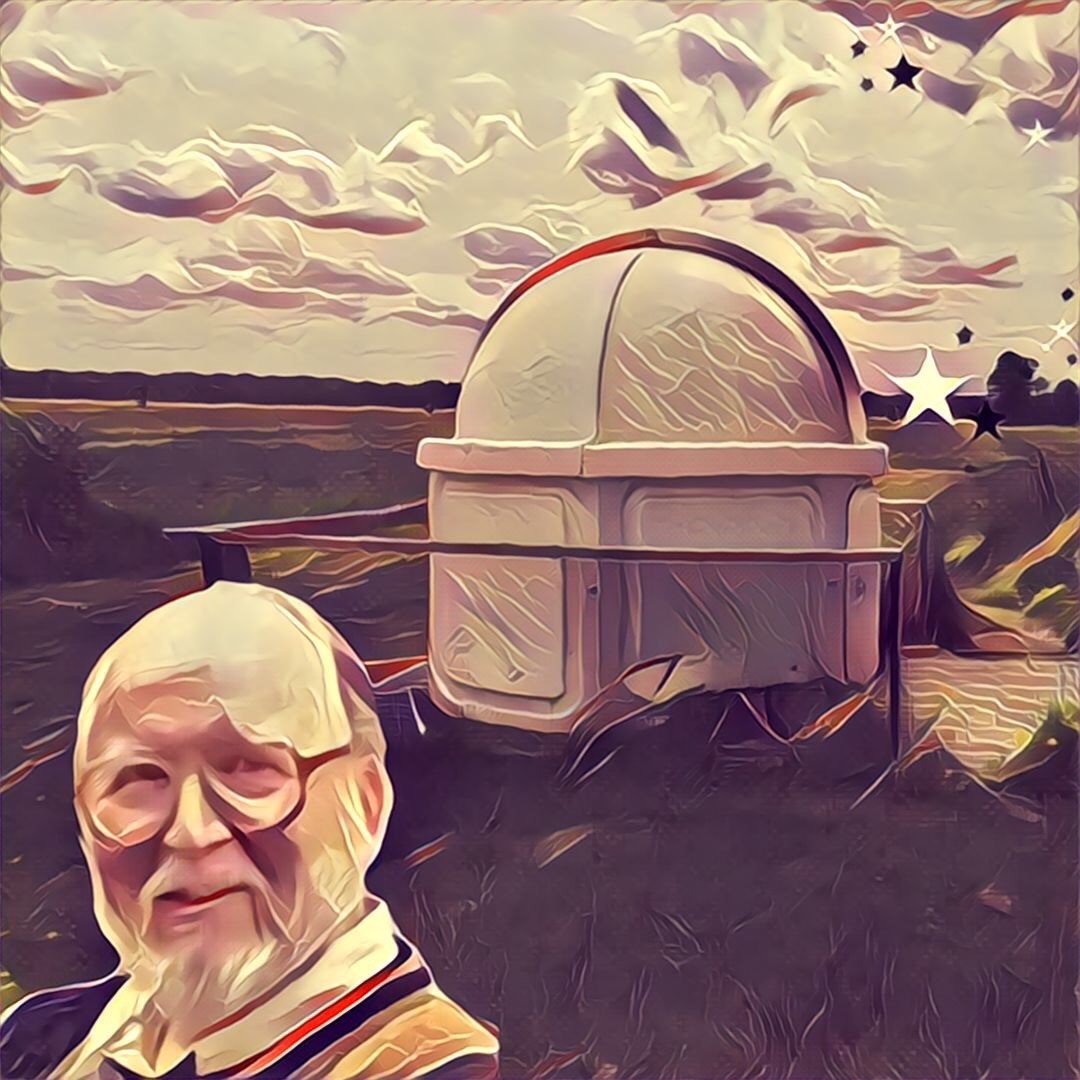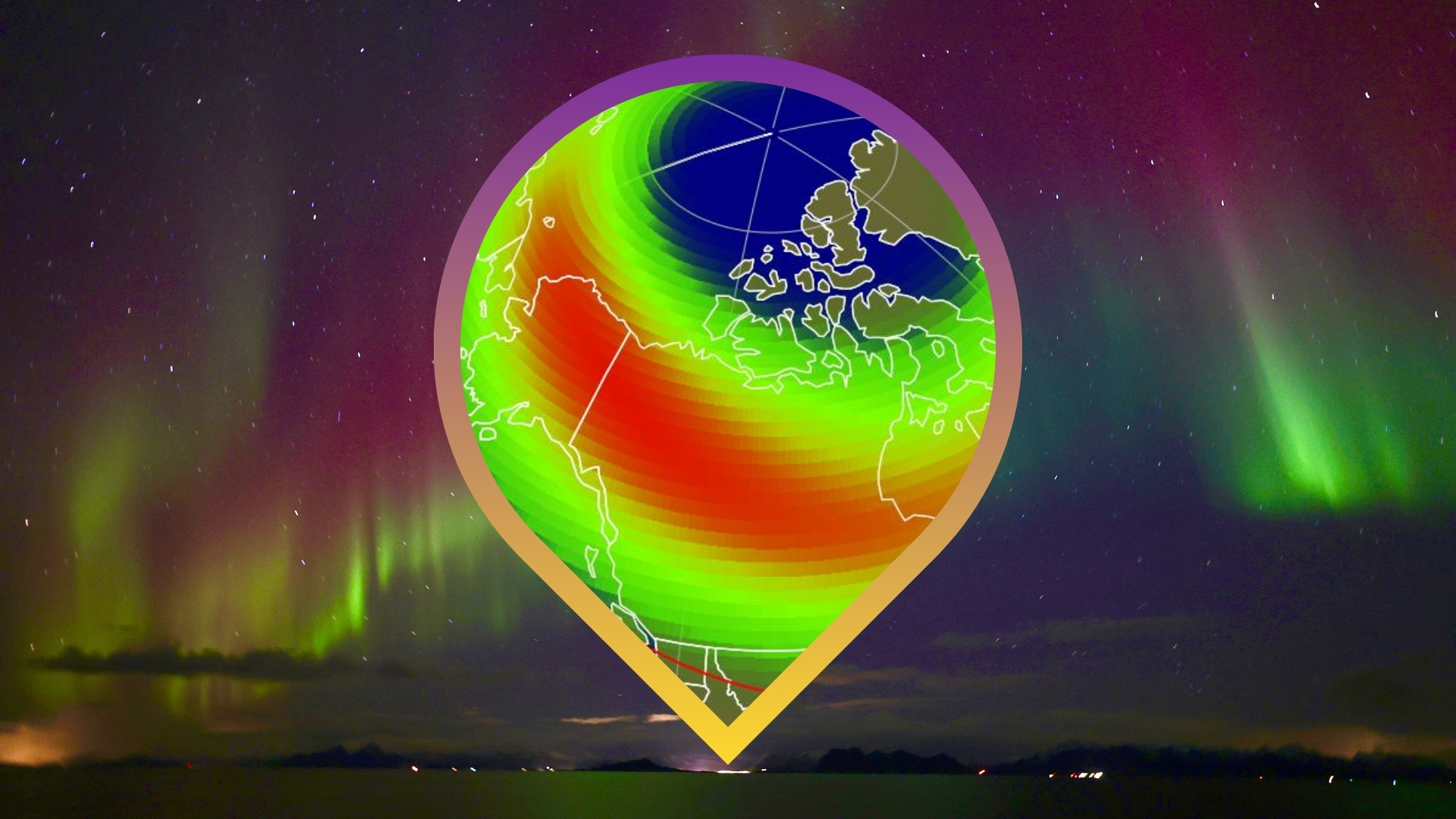May's Full 'Milk' Moon Arrives Thursday
To ancient peoples without complex calendars, the moon wasprobably the most important marker of the passage of time — especially at timeslike this Thursday, when May's full moon arrives.
The full moon of May, also known as the "Milkmoon," will occur at 7:07 p.m. Eastern Daylight Time this Thursday, May 27.This makes it a good time to explore lunarmyths and mysteries as well as the mechanicsof the moon.
The moon is visible most nights at some point, and is thebrightest object in the night sky. It is also visible in daylight much of themonth, though most modern humans may be unaware of it. Here's how it works:
The moon is a sphere, lit from varying angles by the sun.As it moves around the Earth in its orbit, it goes through a series of phasesfrom new moon, when the moon lies on or near a line between Earth and sun;first quarter, when lit from one side; fullmoon, when lit by the sun directly behind the Earth; and third quarter, litfrom the other side.
The full moon is the most striking of these phases: aseemingly huge moon rising in the east, fully illuminated, just as the sun issetting in the west. [More: How MoonPhases Work]
Checkit out
The full moon of May is located in the constellationScorpius, very close to the southernmost point in its monthly journey aroundthe Earth. As a result, the moon spends less time than average above thehorizon and never gets very far above the horizon, as seen from the NorthernHemisphere.
Breaking space news, the latest updates on rocket launches, skywatching events and more!
The moon will also be very close to the bright red starAntares on full moon night. It won?t be close enough to actually pass in frontof Antares, as it sometimes does, but still close enough to make a very prettysight.
While a full moon is not the best time to observe the moonthrough a telescope, there's really never a bad time to explore the moon. Atfull moon, the shadows of the moon's many craters are less pronounced. Still,any small telescope, or even binoculars, will reveal rich details of the largercraters ? each one evidence of a long-ago impact by a space rock.
Justan illusion
The large size of the full moon is actually an opticalillusion, known as ?the moon illusion,? caused by our mind?s attempt to makesense of the moon in relation to earthly objects on the horizon. In fact, thefull moon on the horizon is no larger than the moon at any other time or location.
You can verify the moon illusion yourself by holding asmall object, such as a pencil eraser at arm's length and compare its size tothat of the rising moon. Then go back out a couple hours later, when the moonis higher and seems smaller, and make the same comparison to the eraser.Alternately, you can take two pictures of the moon, with your camera at thesame settings, then print and compare them.
Various peoples around the world have given special namesto the full moons throughout the year, a simple way of recognizing thepassage of time.
Probably the best known of these names are those used inthe English language, but other well known naming systems are used by theAlgonquian peoples of northeastern North America, the Hindus of India, and thewidespread Buddhist religion.
May's full moon is known as the Milk moon in English, the Flowermoon in Algonquian, Buddha Poornima in Hindi, and Vesak Poya in the SinhalaBuddhist tradition.
It is also known as Corn Planting moon, Corn moon, andHare's moon.
Also, one of our main calendar components is the month,named for the moon.
Neverreally full
Now here is something strange. Full moon occurs at 7:07p.m. Eastern Daylight Time, yet the moon doesn?t rise until around 8:30 p.m.The exact time of full moon is determined strictly by the geometry of the sun,Earth, and moon: all three fall in a straight line with the Earth in themiddle. This is an instantaneous event, and happens at the same instanteverywhere in the world, in this case happening when the moon is below thehorizon in eastern North America.
Full moon happens in England at seven minutes past midnightBritish Summer Time, with the moon high overhead, because Britain is about aquarter of the way around the earth from eastern North America. The moon itselfis quite indifferent to where on Earth people are observing it from.
Even though full moon occurs at a very specific instanteach month, it looks full for a day or two on either side of that instant,at least to the naked eye. In a telescope, you can see the terminator, the lineof sunset or sunrise on the moon, and see that it is not quite full.
In fact, the moon is never truly full. When everythinglines up perfectly, so that the moon's face would be 100 percent sunlit fromour point of view, Earth gets in the way, blocks the lights from the sun, andcauses a total lunar eclipse.
- Top 10 AmazingMoon Facts, MoonGallery
- Telescopesfor Beginners
- More NightSky Features from Starry Night Education
This article was provided to SPACE.com by Starry Night Education, theleader in space science curriculum solutions.

Geoff Gaherty was Space.com's Night Sky columnist and in partnership with Starry Night software and a dedicated amateur astronomer who sought to share the wonders of the night sky with the world. Based in Canada, Geoff studied mathematics and physics at McGill University and earned a Ph.D. in anthropology from the University of Toronto, all while pursuing a passion for the night sky and serving as an astronomy communicator. He credited a partial solar eclipse observed in 1946 (at age 5) and his 1957 sighting of the Comet Arend-Roland as a teenager for sparking his interest in amateur astronomy. In 2008, Geoff won the Chant Medal from the Royal Astronomical Society of Canada, an award given to a Canadian amateur astronomer in recognition of their lifetime achievements. Sadly, Geoff passed away July 7, 2016 due to complications from a kidney transplant, but his legacy continues at Starry Night.
